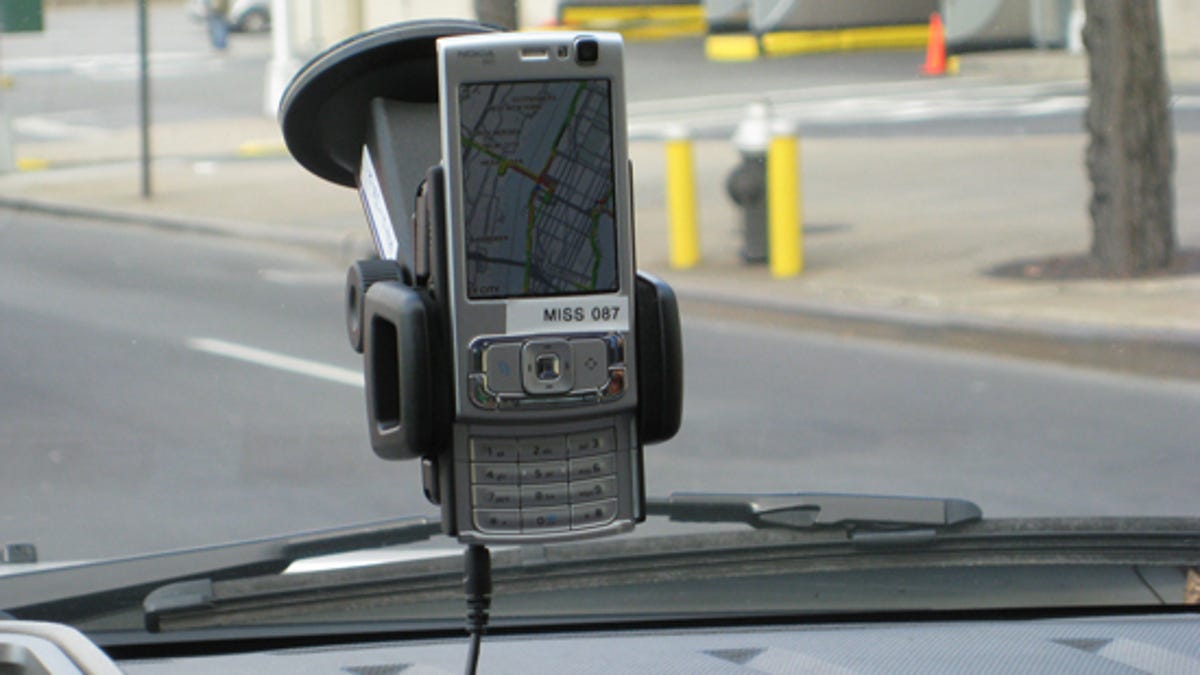GPS device maps show their age
Navteq and other providers are turning to user feedback to supplement map data that can be two years old, even on new devices.

User-generated data may be the answer to the GPS navigation industry's problem of outdated maps on user devices, say industry voices.
According to Ed Parsons, Google's geospatial technologist, the reason users encounter inaccurate road layouts and landmark placements on their GPS devices is that it takes a long time getting updated maps to users.
From the mapping of roads to getting the maps updated and onto distribution channels such as garages, people can expect their maps to be over two years old, even on new devices, Parsons said in an interview with ZDNet Asia.
Even buying maps online will only shorten the process by about a year, leaving users with maps that are about a year old, which is still not good enough for some users, he added.
The most time-consuming portion of the process is map collection, Parsons said. "Traditionally, people captured [road data] by driving around. To update the data, they drove over the same routes again. This manual [process] has been time-consuming and costly, but it's been the only way to do it up till now."
The industry is moving toward making information available in real time, to push out updates faster, he said.
Incidentally, the Automobile Association of Singapore on Tuesday announced a GPS-based device it calls TrafficGEM, aimed at providing more up-to-date information for motorists.
Although its map does not reflect changes in roads, the real-time traffic alerts are hoped to alert users to temporarily valid information such as traffic jams.
The power of user-generated data
Parsons said the industry has warmed up to the trend of harnessing user responses to supplement map data, by offering users tools with which they can feed back information.
Google has a site, Map Maker, that works with its Google Maps service.
Maps provider Tele Atlas too said it integrates user contributions as an "additional source," which has been helpful in geographically dispersed and rural areas that are less frequently covered by its surveyors.
Tele Atlas Asia-Pacific director of operations Arnout Desmet said in an e-mail that road information changes between 10 percent to 15 percent each year, and more so in busy urban areas.
He said updates are pushed out four times a year, with the help of "tens of thousands of global sources, ranging from mapping vehicles and digital cartographers to zoning boards and public safety officials to construction companies and truck drivers, satellite and aerial imagery and government documents."
Geraldine Kor, director of customer marketing, Asia-Pacific, at Navteq, said keeping maps updated involves some 80,000 sources, which include professional cartographers and "the input from more than 100 million users every day."
Navteq offers an online tool it calls Map Reporter, which lets users suggest changes in maps. Once users identify such a change, the information is verified before it is added to Navteq's database, she said.
She did suggest, however, that some inaccuracies users faced result from them having outdated maps. "We find that many Map Reporter submissions prove to be about locations we already have in our map, but are not in the version of the map the consumer is using."
There are some map players who do not agree with the notion of harnessing user-generated data. Singapore-based maps site Streetirectory.com, said in an earlier interview the site's strength was its professionally collected data.
Its managing director, Firdhaus Akber, said competitors like Google Maps, which allow users to tag locations have introduced inaccuracies into their maps, as a result.
Google's Parsons said: "There is always value in high-quality cartography. What has changed is it's much easier to enter the mapping market. [Map makers] have to work harder to win users."
Victoria Ho of ZDNet Asia reported from Singapore.